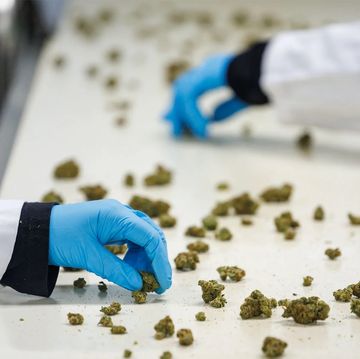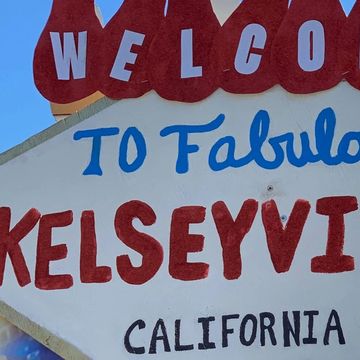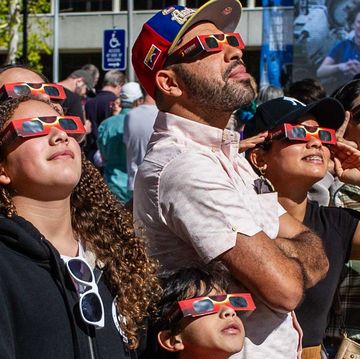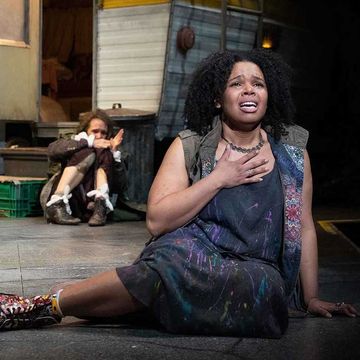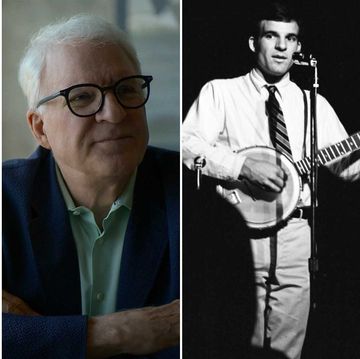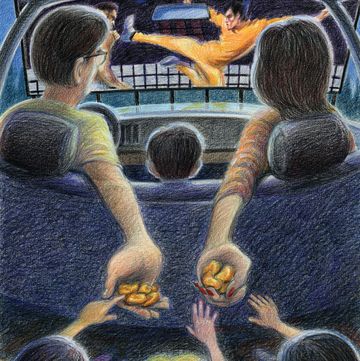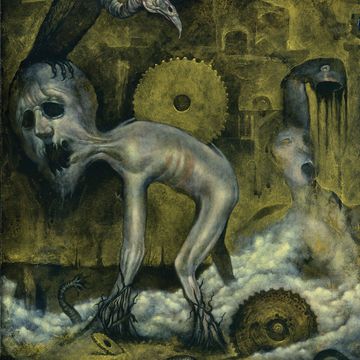An hour north of the more riotous Cabo San Lucas (motto: No Bad Days), on the Pacific side of the towering Sierra de la Laguna, lies Todos Santos, where a good day tends to be spent outdoors.
The photogenic colonial town and its environs offer hiking, mountain-biking, surfing, fishing, camping, and whale-watching opportunities, easily pursued on one’s own or expertly guided by locally based ecotourism outfits like Explora Baja and Todos Santos Eco Adventures. Less strenuous pursuits in town include art shows, yoga sessions, meditation groups, writing retreats, fine dining, a hot music scene, and mucho goofing off.
Getting There
Todos Santos is about an hour north of San José del Cabo International Airport (SJD), which is served by most major airlines. From there, public transportation by bus is arduous, taxis predatory, and private transport costly (upwards of US$150 per person); the best bet is to rent a car.
Where to Visit
The colonial-era historic district comprises five square blocks of well-preserved brick-and-stone 19th-century houses (most still family residences) alongside designer shops (Nomad Chic, Zócalo, Étnica, Bésame Mucho Bazaar) and tucked-away cafés (Taller 17, Caffe Todos Santos, Jazamango Café). Check out the Diego Rivera–style lobby murals at Centro Cultural Profr. Néstor Agúndez Martínez, a repurposed 1930s schoolhouse. The Teatro Cine Gral. Manuel Márquez de León, with its high vaulted ceiling, was built in 1944 and still functions as a cinema and performance space.
Facing the town’s inviting main plaza, the rugged wooden doors of the 18th-century Misión de Nuestra Señora del Pilar are all that remain of the original Jesuit mission, destroyed in a bloody uprising by the Guaycura and Pericú people against the padres who colonized their land. The mission was later rebuilt, and a wide terrace on its north flank delivers a panoramic view of the valley oasis (fed by a subterranean river). Here, tourists pose with giant, multicolored letters that spell out the town’s name—a signature feature of most Pueblos Mágicos—while the sunset illuminates the sky. Next door is an alluring arcade with silver jewelry, colorful Oaxacan blankets, souvenir T-shirts, and a cute little tequila bar.
Another obligatory photo op? The arched facade of the main street’s Hotel California (which did not in fact inspire the Eagles’ song). Built in the 1950s, it has been renovated as a boutique hotel. On the next corner, Galería Logan and Galería Pablo Márquez are good spots to start a tour of the town’s lively art scene.
On the Otro Lado (literally the “other side” of town), the Mercado Ranchero offers rustic crafts, and at the Saturday farmers’ market you’ll find produce from farms and ranchos high in the Sierra, bagels from a baker who relocated from the U.S. Midwest, and a mini–food court where pozole, enchiladas, tamales, cochinita pibil, and tacos are prepared on old-style clay stoves.
The town’s wellness community revolves around Cuatro Vientos, housed in a modern take on traditional palapa architecture. Open to surrounding gardens and inspiring, according to the proprietors, a feeling of “sacred space,” the center features meditation, sound baths, Zumba, kids’ acrobatics, classes in the “sacred art of sex magick,” and yoga sessions.
The Punta Lobos fishing beach, reached via a rutted road just beyond town, sits beneath a ragged cliff face at the end of a swooping stretch of beach. Fishermen from two collectives launch their open pangas into the Pacific waves at dawn. A short, vigorous hike over the cliffs to an overlook reveals the old port below, where freighters once took on cargos of sugar manufactured in the town’s mills.
Where to Eat
El Mirador, an elegant hilltop restaurant owned by the Guaycura Hotel, has the town’s best sunset view. Il Giardino, perched high above the twinkling lights of Todos, entertains a lively crowd of locals, including many Italian expats. Santo Chilote Fish Tacos, at the end of the main drag, makes the best fish tacos in town. The historic-district hipster hideaway La Confianza dispenses natural wines, small-plate specialties, and live music by local heroes such as SoulTide or DJ Binky Griptite from Brooklyn, who spins a funky playlist. Santa Terra is a stylish restaurant-event complex built on the ruins of a 19th-century sugar mill; there, you’ll find the lofty space Oystera (an excellent seafood bar) and the newly opened Vino Park, which focuses on wine. Well off the gringo path, La Garita is a rambling, rustic palapa about 20 minutes outside of town with a ranchero-style menu—pozole, birria, menudo, machaca, chilorio—served against the stunning backdrop of El Picacho, the Sierra de la Laguna’s highest peak.
Where to Stay
Alegria Mexico offers individually designed rooms in high Baja style, with beachside residences as well as in-town suites opposite the Centro Cultural, close to shops and restaurants. On the Otro Lado, the hotel Perro Surfero is an easygoing boutique hotel with a gym, a coworking space, a pool, and a communal kitchen.
Side Trip
About 20 minutes north of town, after the paved road turns to dirt washboard, you’ll find the beachside restaurant-bar the Green Room. Its website says it’s named after “the ephemeral space inside the barrel of a wave where the sunlight shines through the water, creating a soft filter of beautiful translucent green light,” and it’s a prime spot for sunsets at dusk or, from January to March, daytime whale watching. Adjoining the Villa Santa Cruz resort, it’s located around the point from legendary surfing spot La Pastora. To find it, look for a tiny green light atop a roadside post.•
Rex Weiner is an award-winning journalist based in Todos Santos, Baja California Sur where he has owned a home for many years, and is co-founder and co-director of the Todos Santos Writers Workshop, now in its 11th year.







